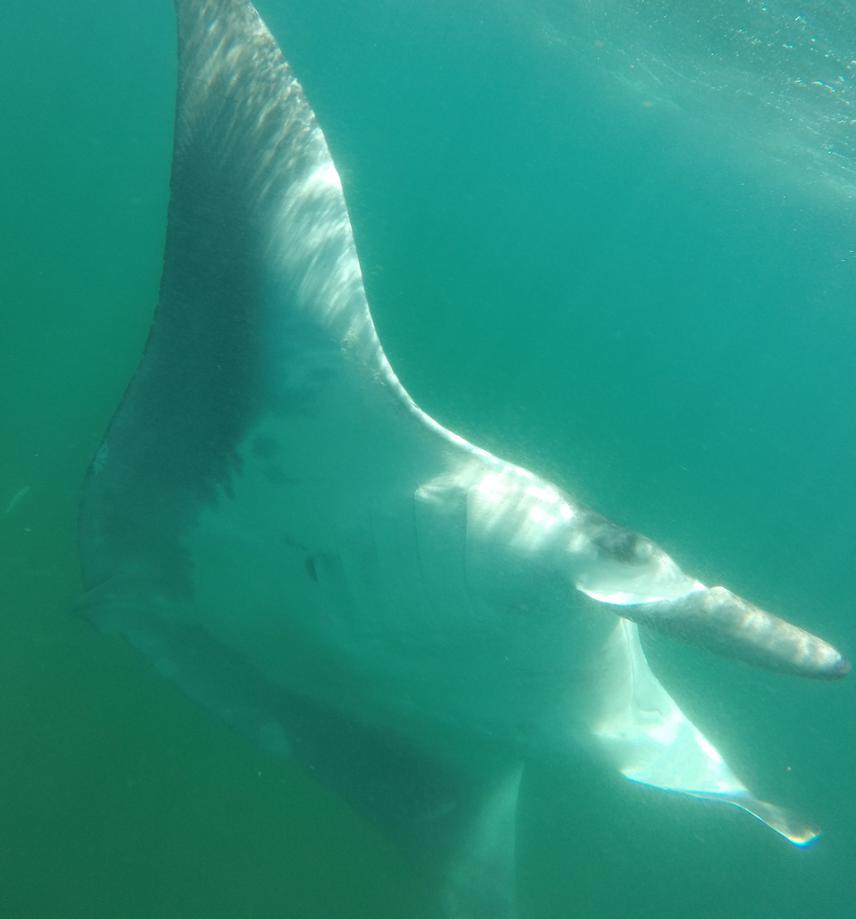Karen Fuentes
Identify populations by a photographic database of manta rays, tag and obtain genetic samples, establish and education program, conservation, analyze impact of tourism and fishing activities.

Located in the northern region of the Yucatan Peninsula, adjacent to the Yum Balam Nature Reserve, lies the transitional area between the Gulf of Mexico and the Mexican Caribbean. Every year from May to September, a unique natural phenomenon takes place in the waters of the Caribbean and the Gulf of Mexico: dozens of Whale Sharks congregate in the surroundings of the northern Yucatan Peninsula as part of their annual migration, where they feed in nutrient¬ rich water full of plankton. Sharing the same marine ecosystem, an important concentration of manta rays visiting the area with feeding purposes has also been observed.
The Mexican Caribbean Manta Ray Research Project aims to establish a research center dedicated to the study of both manta ray species, listed as Vulnerable according to UICN, 2014 (M.birostris, M.alfredi and possibly a third subspecies), with the goal of providing scientific field information for a better understanding of the species and to diminish the possible factors that affect the existing populations inside Mexican water boundaries, through conservation programs and environmental education in order to assure the survival of these animals pertaining to marine megafauna. It is equally important to encourage the protection of the species habitat ecosystems.
Despite protection under Mexican law, mantas and other species of mobula are valuable fishing targets but others are incidentally captured by the bycatch technique, hit by boats, tangled in fishing nets, etc. All of the above, contributes to the fast exploitation and disappearance of manta populations, leading this species into great danger of extinction. It is also the very important to consider the slow rate of growth and reproduction of these animals, which increases the risk of decimation in local populations.
By providing new sustainable models related to local community activities, which are compatible with conservation criteria in areas where manta populations or sightings occur, the generation of new information will be used as a tool to assure the protection of these species on a local scale, directed to generate a positive impact in nearby ecosystems from Isla Mujeres, with the chance of a more active governmental participation, which will be required in order to improve effective measures to protect the manta species within the MPA.